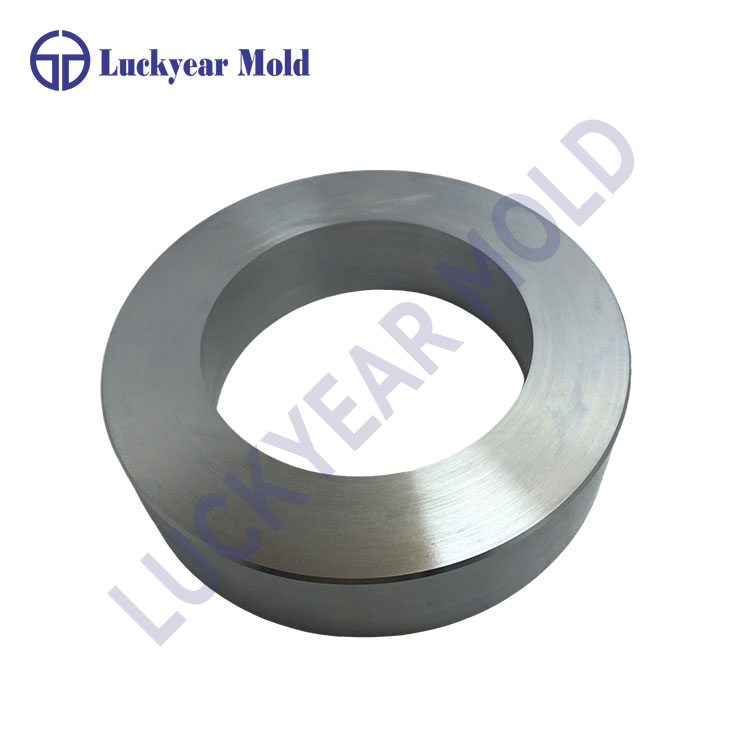The Intricate Process of Designing a Press Die Mold
2024-05-31
Designing a press die mold is a complex yet crucial process in the manufacturing industry. It involves precise planning and engineering to ensure the mold can accurately form and reproduce a desired part or product. Here, we'll explore the step-by-step process of designing a press die mold.
1. Understanding the Product Requirements
The first step in designing a press die mold is to thoroughly understand the product requirements. This includes analyzing the part's dimensions, tolerances, material properties, and any specific design features. Understanding these requirements will help determine the mold's overall design and complexity.
2. Designing the Mold Base
The mold base is the foundation of the press die mold. It provides structural support and houses the various components of the mold. The design of the mold base must consider the size and weight of the mold, as well as the forces and pressures it will encounter during operation.
3. Designing the Mold Cavities
The mold cavities are where the part will be formed. These cavities are designed based on the product's dimensions and features. The designer must ensure that the cavities are precise and accurate to achieve the desired part geometry. Additionally, the designer must consider the mold's material and the need for any inserts or inserts to achieve complex features.
4. Designing the Mold Cores
The mold cores are used to create internal features in the part, such as holes or recesses. The cores are designed to fit precisely into the mold cavities and must be strong enough to withstand the pressures and forces encountered during the molding process.
5. Selecting the Material
Choosing the right material for the press die mold is crucial. The material must be able to withstand the forces and temperatures encountered during the molding process while maintaining precision and durability. Common materials used for press die molds include steel, aluminum, and alloys.
6. Performing Finite Element Analysis (FEA)
Finite Element Analysis (FEA) is a computer simulation technique used to analyze the mold's structural performance. By simulating the forces and pressures encountered during the molding process, FEA can help identify potential problems or weaknesses in the mold design. This allows the designer to make adjustments and optimizations before the mold is built.
7. Creating the Mold Drawings
Once the mold design is finalized, the designer will create detailed drawings and specifications for the mold. These drawings will be used by the moldmaker to construct the mold according to the design specifications.
8. Manufacturing the Mold
Finally, the moldmaker will use the drawings and specifications to manufacture the press die mold. This process involves precision machining, assembly, and testing to ensure the mold meets the design requirements and is ready for use in production.
In conclusion, designing a press die mold is a complex yet essential process that requires thorough planning and engineering. By understanding the product requirements, designing the mold base and cavities, selecting the right material, performing FEA, and creating detailed drawings, a successful mold design can be achieved.



